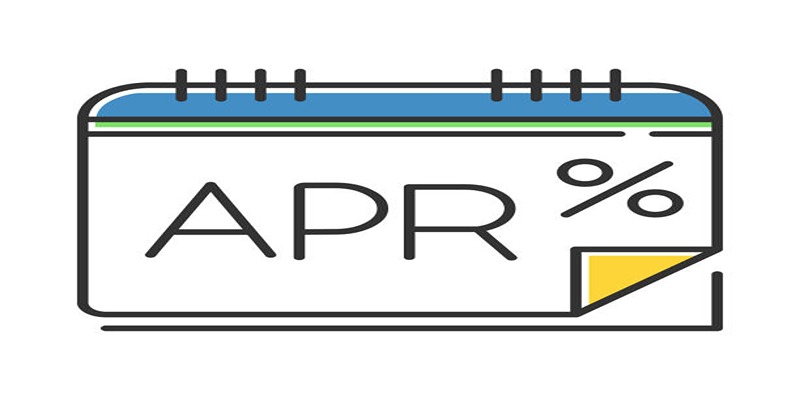A Beginner's Guide to Bankruptcy Schedules: What You Need to Know
Filing for bankruptcy can be daunting, filled with legal jargon and complex paperwork. One of the most critical parts of this process is completing the bankruptcy schedules. These schedules are essential documents that provide a detailed snapshot of your financial situation to the court. In this article, we will break down the basics of bankruptcy schedules, explaining their purpose, types, and significance in the bankruptcy process.
What Are Bankruptcy Schedules?

Bankruptcy schedules are detailed forms that must be completed and submitted to the bankruptcy court when you file for bankruptcy. These forms are crucial as they provide a comprehensive snapshot of your financial situation, including your assets, liabilities, income, expenses, and other relevant economic data. The information contained in these schedules is used by the court, your creditors, and the bankruptcy trustee to evaluate your case and determine the best course of action.
Purpose of Bankruptcy Schedules
The primary purpose of bankruptcy schedules is to provide a comprehensive overview of your financial status. This information helps the court, your creditors, and the bankruptcy trustee understand your financial situation and make informed decisions regarding your case. Accurate and complete schedules are essential for a smooth bankruptcy process.
Types of Bankruptcy Schedules
There are several different types of bankruptcy schedules, each serving a specific purpose. Here are the main schedules you need to be aware of:
Schedule A/B: Property
Schedule A/B lists all the property you own. This includes real estate (Schedule A) and personal property (Schedule B). Real estate refers to any land or buildings you own, while individual property includes items like vehicles, household goods, bank accounts, and investments. It's crucial to be thorough and accurate when listing your property to ensure the court has a complete picture of your assets.
Schedule C: Exempt Property
Schedule C is where you claim exemptions on your property. Exemptions are legal provisions that allow you to keep certain assets from being sold to pay off your debts. Each state has different exemption laws, so it's essential to know which exemptions apply to your case. Common exemptions include a portion of your home's equity, personal belongings, and retirement accounts.
Schedule D: Secured Creditors
Schedule D lists your secured debts. These debts are supported by collateral, like the mortgage on the homes or your cars. In this schedule, you'll provide details about each secured debt, including the creditor's name, the amount owed, and the property securing the debt. This information helps the court determine how these debts will be handled in your bankruptcy case.
Schedule E/F: Unsecured Creditors
Schedule E/F is divided into two parts: priority unsecured claims (Schedule E) and non-priority unsecured claims (Schedule F). Priority unsecured claims include debts that are given special status under bankruptcy law, such as child support, alimony, and certain taxes. Non-priority unsecured claims are debts like credit card bills, medical bills, and personal loans. Listing these debts accurately is crucial for ensuring they are adequately addressed in your bankruptcy case.
Completing Bankruptcy Schedules
Filling out bankruptcy schedules requires careful attention to detail. Here are some tips to help you complete them accurately:
Gather Financial Documents
Before you start filling out the schedules, gather all relevant financial documents. This includes bank statements, pay stubs, tax returns, and bills. Having these documents on hand will make it easier to provide accurate information.
Be Thorough and Honest
Accuracy is vital when completing bankruptcy schedules. Provide complete and honest information about your financial situation. Omitting assets or debts can lead to complications in your case and may even result in the dismissal of your bankruptcy.
Consult a Bankruptcy Attorney
Navigating bankruptcy schedules can be challenging, especially if you're unfamiliar with the process. Consulting a bankruptcy attorney can provide valuable guidance and ensure your schedules are completed correctly. An attorney can help you understand which exemptions apply to your case and how to list your assets and debts accurately.
The Role of Bankruptcy Schedules in Your Case

Bankruptcy schedules play a pivotal role in the bankruptcy process. Here's how they impact your case:
Evaluating Your Financial Situation
The court and the bankruptcy trustee use the information in your schedules to evaluate your financial situation. This evaluation helps determine whether you qualify for bankruptcy and which type of bankruptcy is appropriate for your case (e.g., Chapter 7 or Chapter 13).
Determining Exempt Assets
Your Schedule C exemptions help determine which assets you can keep during bankruptcy. The court uses this information to protect your exempt property from being sold to pay off creditors.
Managing Debts
Schedules D, E, and F provide a comprehensive list of your debts. This information is used to manage and prioritize your debts during the bankruptcy process. For example, secured debts may be handled differently from unsecured debts, and priority debts may need to be paid before non-priority debts.
Establishing Payment Plans
If you file for Chapter 13 bankruptcy, your schedules will help formulate a repayment plan. This plan specifies how you will pay off your debts over three to five years. The trustee and court will review your income and expenses from the schedules to ensure the plan is feasible and fair to your creditors.
Identifying Fraud or Mismanagement
Accurate and complete schedules help the trustee and court identify any potential fraud or mismanagement of funds. If there are discrepancies or missing information, the trustee may investigate further to ensure that all assets and liabilities are adequately disclosed. This helps maintain the integrity of the bankruptcy process and ensures that creditors receive a fair distribution of assets.
Conclusion
Understanding the basics of bankruptcy schedules is essential for anyone considering filing for bankruptcy. These schedules provide a detailed snapshot of your financial situation and are crucial for the smooth progression of your bankruptcy case. By gathering accurate information, being thorough and honest, and seeking professional guidance when needed, you can navigate the complexities of bankruptcy schedules and ensure your case is handled efficiently.












